

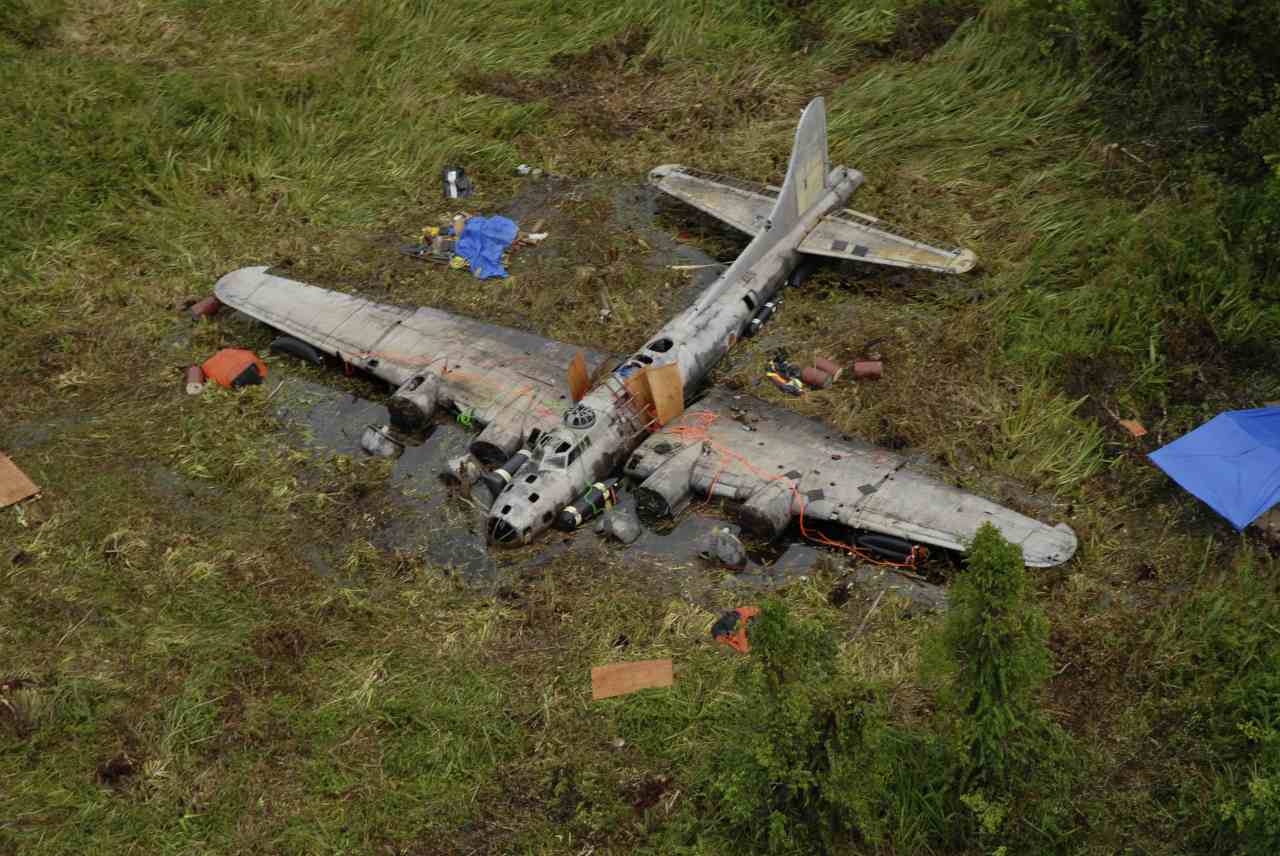
The year is 1972, and some Australian military members are flying in a Royal Australian Air Force helicopter. As they fly over this isolated part of Papua New Guinea with nothing but wetland and jungles, they spot something surprising.
There, in the middle of the jungle, is a ginormous, partially submerged aircraft. This is the same aircraft that has been missing for three decades now! Has the military finally unravelled the mystery that captivated the people all these years? It sure does seem so.
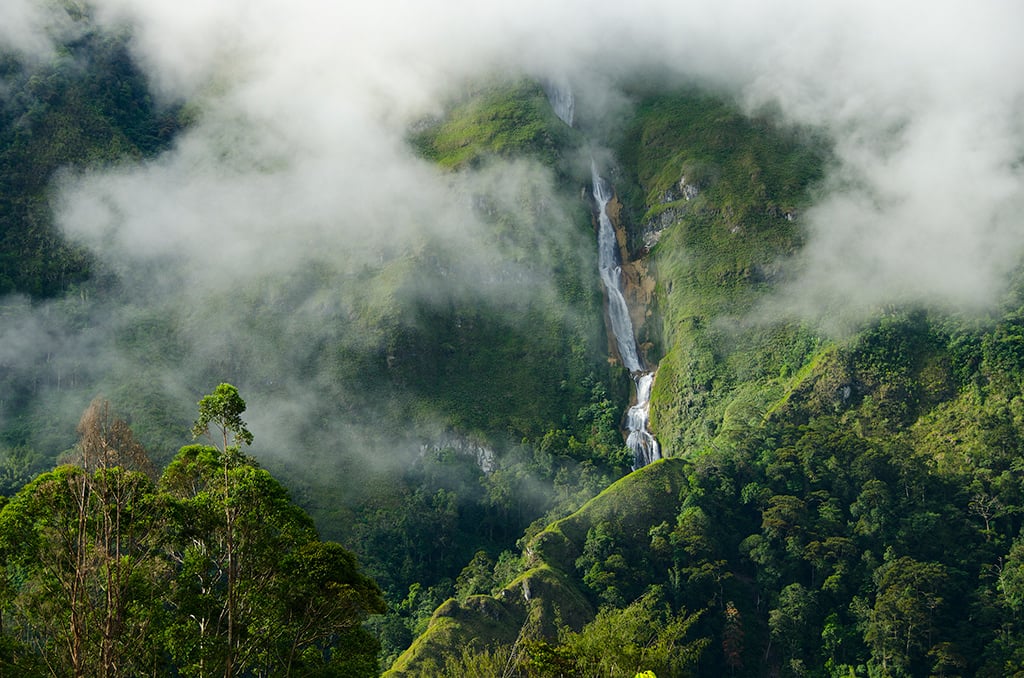
When you find out exactly where the missing aircraft was located, it will make sense why nobody could find it all those years. It was found in a country that is considered one of the world's least explored, both culturally and geographically.
Papua New Guinea is home to some of the world's most exotic flora and fauna. In fact, researchers believe there are still more undiscovered species in the country. Its cohabitating ecosystems include rainforests, swamps, mountains, and volcanoes.
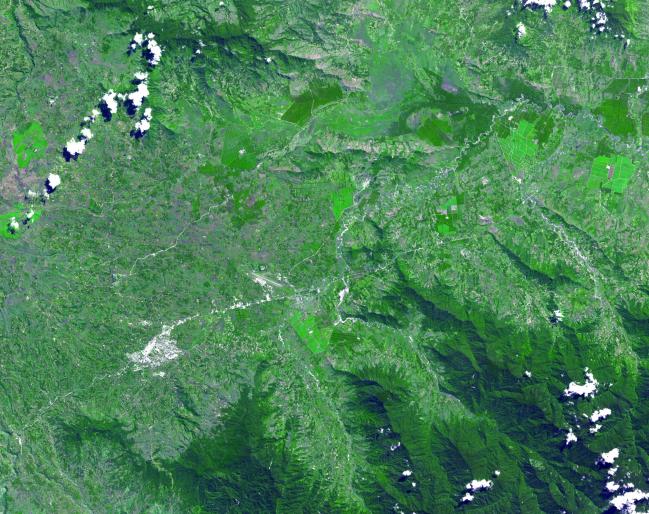
The Australian soldiers were flying over a crocodile-infested swamp in the Oro Province called Agaiambo. It was in this swamp that they spotted the missing aircraft. That would probably explain why it took so long to find this aircraft.
Simply put, the Agaimbo was in an extremely well-preserved area, meaning not even tourists or locally accessed the area much. It used to be home to a group of marsh-dwellers called the Agaiambo/Agaumbu but were now considered extinct. Other than these people, nobody else lived in the area.
 The soldiers knew it was an aircraft, but what kind of aircraft was it? As it turns out, this was the Boeing B-17E Flying Fortress that went missing in 1942. Since its discovery, it has now been nicknamed the Swamp Ghost.
The soldiers knew it was an aircraft, but what kind of aircraft was it? As it turns out, this was the Boeing B-17E Flying Fortress that went missing in 1942. Since its discovery, it has now been nicknamed the Swamp Ghost.
Through the years, this aircraft came to be known as a legend in military aviation history. According to aviation archaeologist Fred Hagen, "It was widely considered that it was impossible to salvage this aeroplane."
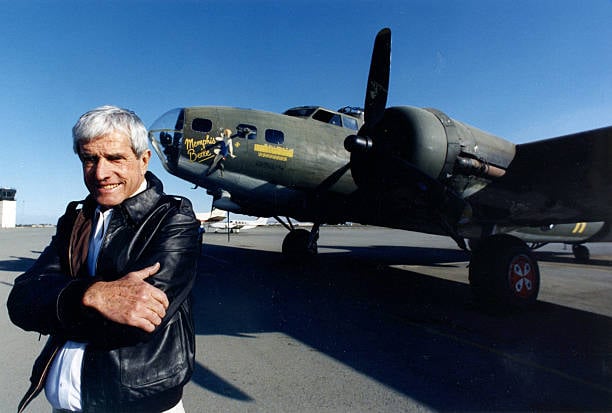
One important figure in this story is David Tallichet Jr. Tallichet is a Dallas-born World War II veteran and entrepreneur. Tallichet owns numerous aviation-themed restaurants. Aside from that, he also has other things to keep him busy.
One of those things is collecting and restoring military aircraft. At some point in his career, he even had more than 120 planes! Some of those planes included a B-25 Mitchell Bomber and a P-40 Tomahawk.

Coincidentally, when Tallichet served in the military, he had co-piloted the same type of aircraft as the one the soldiers uncovered in Papua New Guinea. These were four-engine bombers, and Tallichet knew what to do.
In 1989, Fred Hagen and David Tallichet Jr. proceeded with plans of recovering the aircraft. "It was our greatest dream," Hagen told South California Public Radio. "Because for some reason it captured the imagination of people from around the world..."
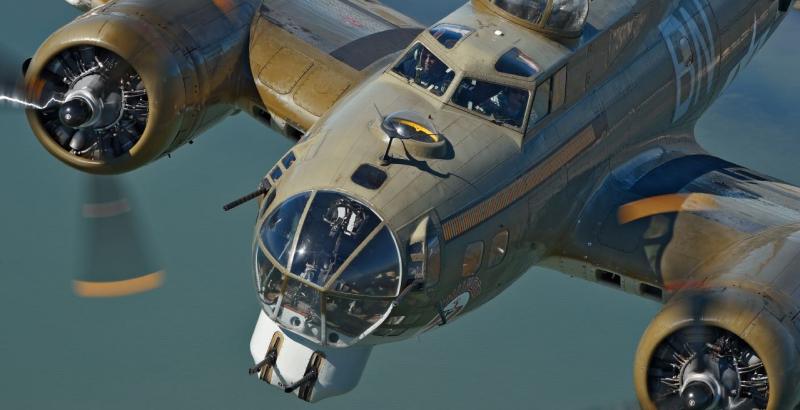 This ginormous aircraft was called the Flying Fortress. According to rumours, Boeing gave it the name of Flying Fortress after one journalist from the Seattle Times journal said, "Why, it's a flying fortress." during one of its test runs.
This ginormous aircraft was called the Flying Fortress. According to rumours, Boeing gave it the name of Flying Fortress after one journalist from the Seattle Times journal said, "Why, it's a flying fortress." during one of its test runs.
The Flying Fortress was developed in the 1930s and employed by the US Air Force for strategic bombing against the Germans during World War II. Apparently, it has dropped more bombs than any other US aircraft during World War II.

Even though The Swamp Ghost spent all that time being exposed to open air and other weather conditions, the soldiers were surprised to see it remain oddly well-preserved. The machine was still in place and was even fully loaded.
Salvage operations weren't completed until 2006. When Tallichet and Hagen finally managed to excavate the whole aircraft, it became a proud moment for them. They were standing in front of something that was part of aviation history.
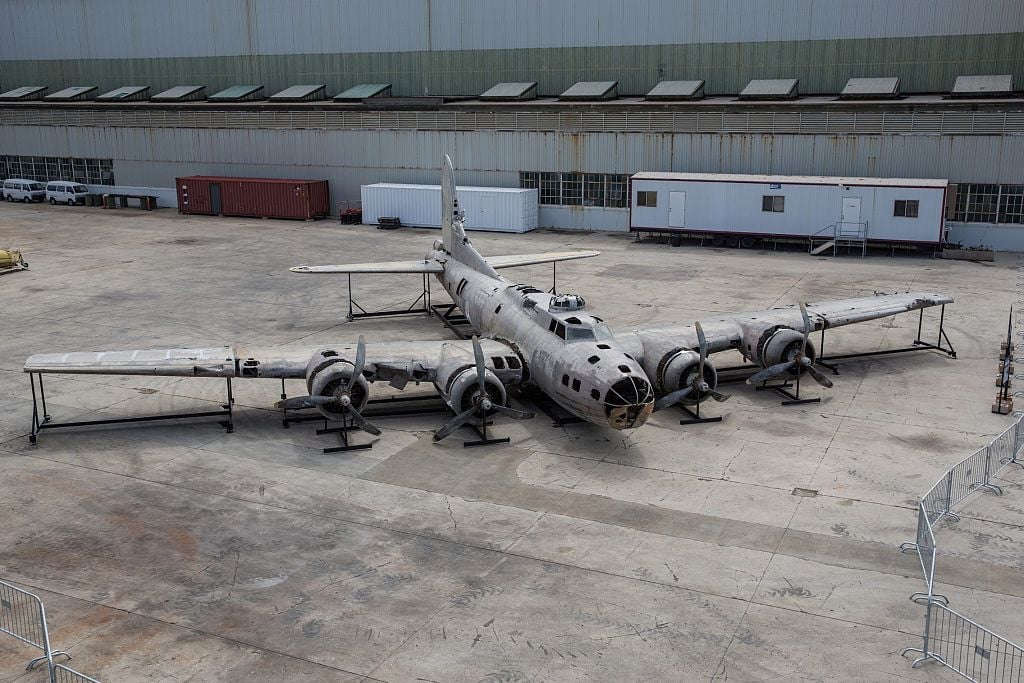
On April 10, 2013, the Swamp Ghost was transferred to the Pacific Aviation Museum in Pearl Harbor for display. Previously, it was on indefinite loan to the Planes of Fame Air Museum in Chino Airport.
The Pacific Aviation Museum describes it as "arguably the world's only intact and unretired World War II-era B-17E bomber, a one-of-a-kind example of an aircraft that played an indispensable role in winning WWII. And it is the only B-17 in the world that still bears its battle scars."
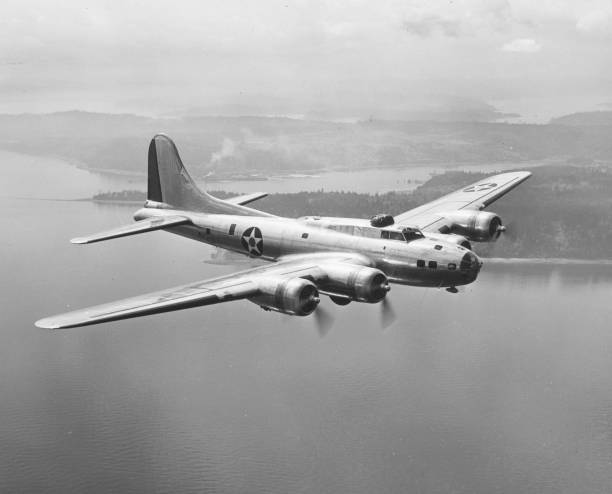
The Boeing B-17E was initially developed for the United States Army Air Corps. Although the Air Corps made a contract with Douglas Aircraft Company, they still ordered 13 more of these prototypes from Boeing.
After its introduction in 1938, the B-17's design evolved to add more engineering developments and address many issues. For example, it was given larger rudders and flaps so it would have optimal performance even at slower speeds.
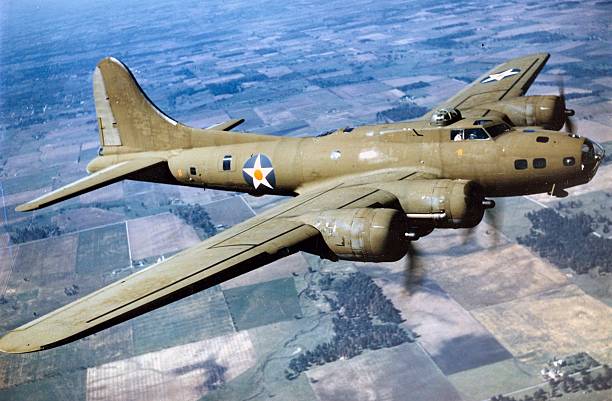
Finally, the first batch of Flying Fortresses became operational in 1941. When World War II finally came to an end, an estimated total of 12,730 B-17 aircraft was in operation, including the 8,600 B-17G models.
Since it was introduced in 1938, it became the third-most produced bomber of all time. Currently, only 9 of these aircraft are still airworthy. However, none of them was ever flown in combat. The rest of the aircraft are either in storage or on display.
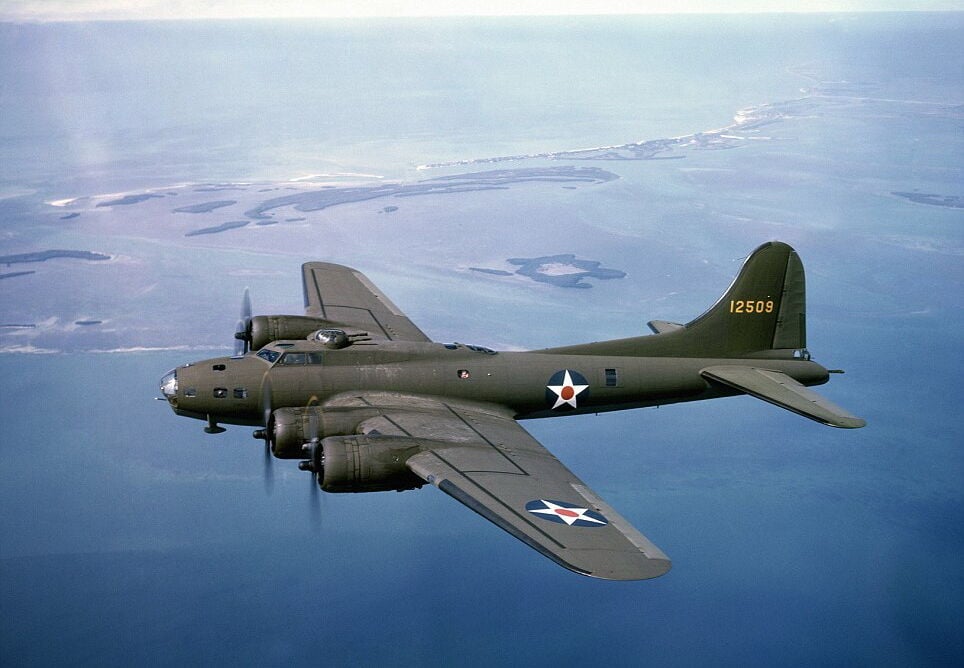
The Swamp Ghost was en route to the United States Army Air Forces on December 6, 1941, just a day before the attack on Pearl Harbor. As fate decided, it would not fly with the Kangaroo Squadron on that fateful day.
Instead, it later left California and headed to Hickam Field in Pearl Harbor. From December 1941 until 1942, the crew flew patrol missions for the US Navy. Then, in February 1942, the Japanese invaded Rabaul on New Britain.
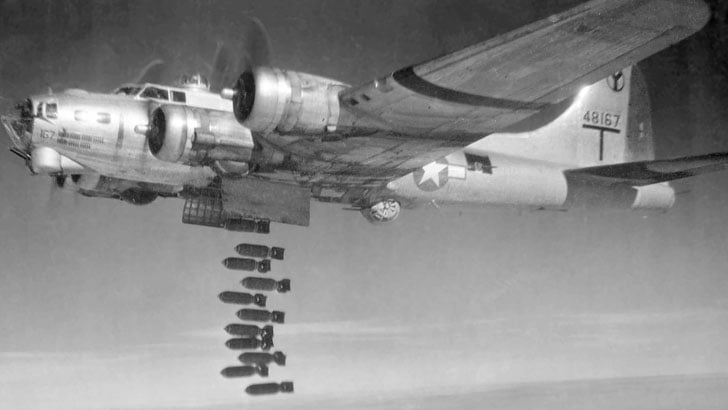
Japan's invasion threatened the safety of New Guinea and Australia. So, the Swamp Ghost was ordered to head to Townsville in Queensland, Australia. Due to many complications, the aircraft had nearly 5,700 detour miles just to get to Townsville.
On the fateful day of February 22, 1942, nine B-17Es were tasked to set off a bomb in Rabaul. Then, things didn't go quite as they had planned. Due to mechanical problems, 4 out of the 9 dropped out of the mission.
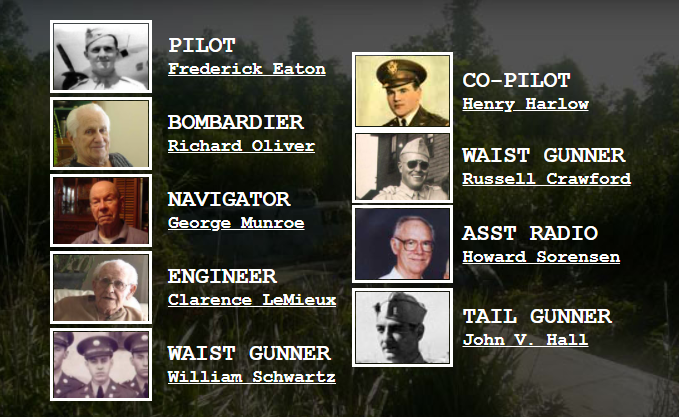
The Swamp Ghost was being piloted by Captain Frederick "Fred" C. Eaton Jr. When the crew tried to open the bomb bay doors to drop its load, that was when things really started to go south for the entire crew.
The bomb bay malfunctioned! They were forced to go around for a second pass. Thankfully, they managed to make a clear drop. However, due to the first fiasco, they managed to attract the attention of Japanese fighter planes.
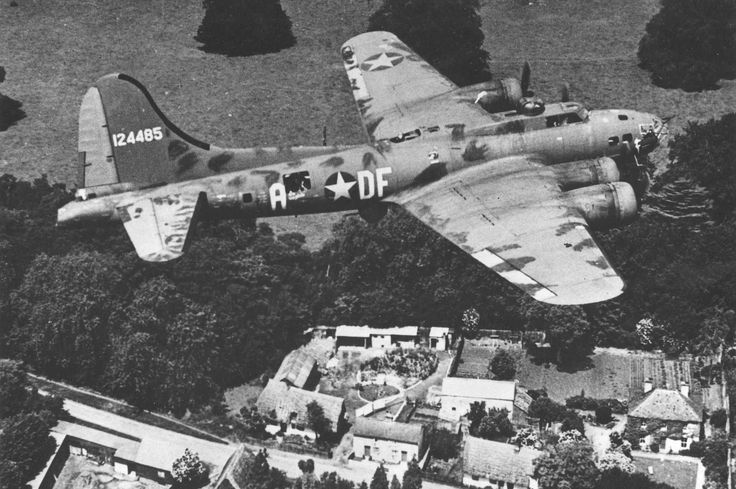
As Japanese fires ensured all around them, the crew was starting to get worried. Flak had managed to make a hole right through the starboard wing. Fortunately, the flak did not explode, so the crew were still safe... for now.
The crew was hoping to return to Port Moresby, but the fuel wasn't enough. Besides, the plane was now leaking fuel. They had no other choice but to make an emergency landing somewhere and try to save themselves.
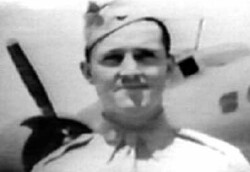
Instead of trying to hold it out, Captain Fred Eaton thought the best course of action would be making an emergency landing. While approaching the Owen Stanley Mountains, he saw a wheat field that he believed to be the best place to land.
As Captain Eaton was setting down the plane, it was only then when they realized that this was no wheat field. In fact, they landed in the middle of the Agaiambo swamp! There was no way of backing out now, so they went through with it.
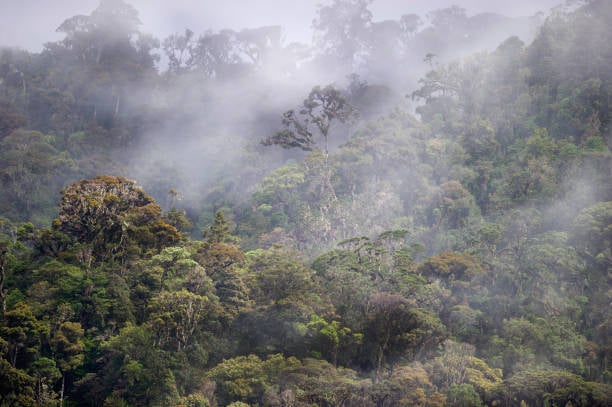
Thankfully, the plane was set down so well that the crew did not suffer from any injury, except for a few cuts and scrapes. But now the problem was that they were stuck literally in the middle of nowhere.
For days, they wandered through the swamps. It took them two days of cutting through the tall grass to reach dry land finally. For many more days after, they navigated through the forests of Papua New Guinea, tired, hungry, and sick.
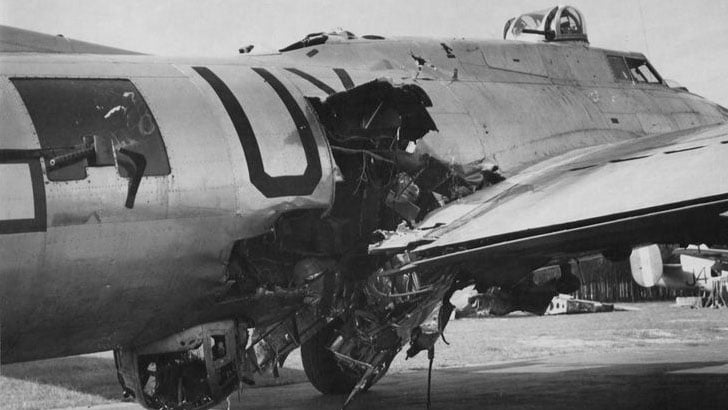
Finally, they met some locals who were chopping wood. The locals took pity on them and kindly brought them back to their village. They were given food and were allowed to rest for a night before continuing their journey.
After their rest, they were eventually handed over to the Australian magistrate and finally arrived at Port Moresby, thirty-six days after their plane crashed. After being nursed back to health, they returned to combat.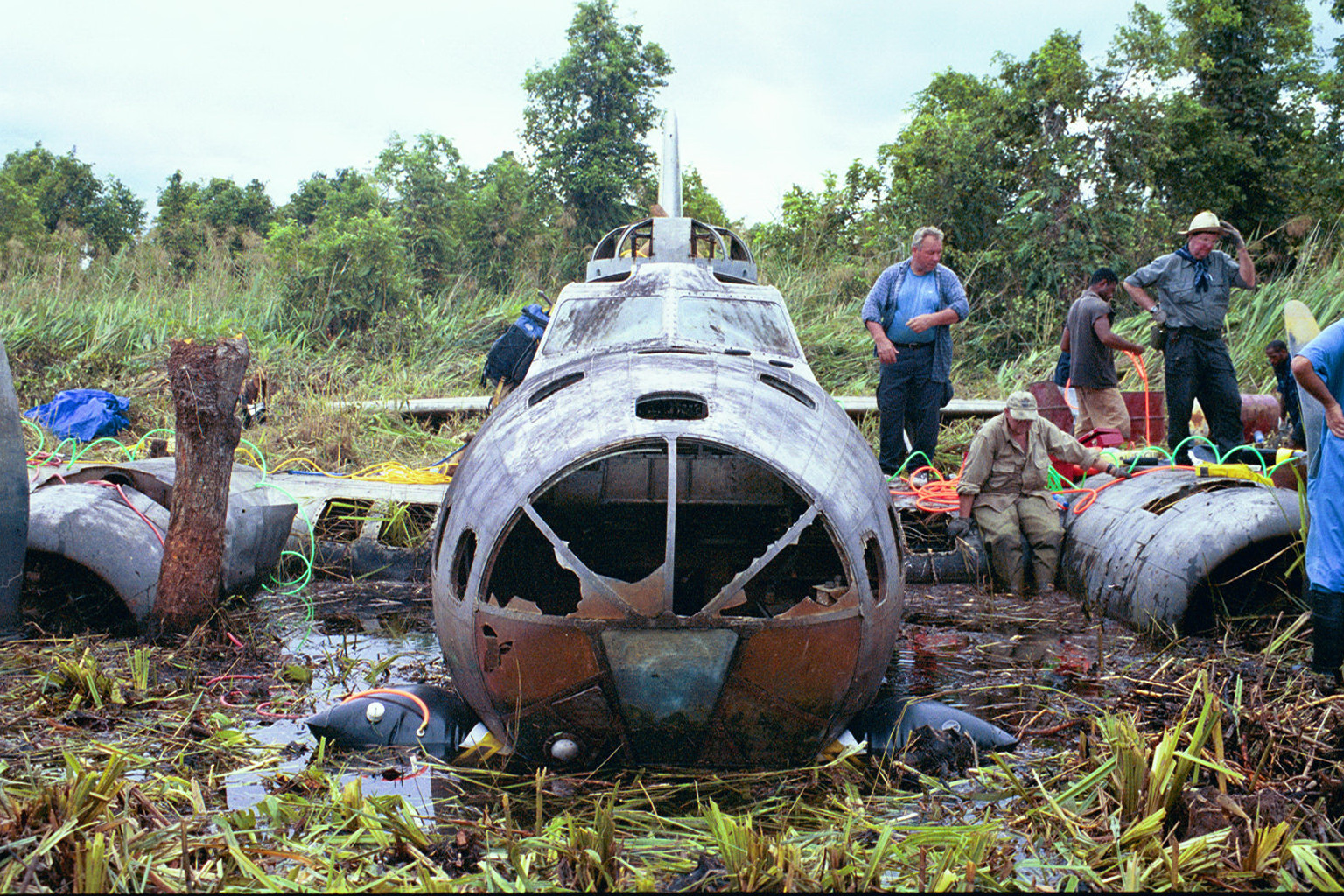
For a while, the Swamp Ghost was forgotten. That is until the Australian soldiers rediscovered it during their flyover. Hagen and Tallichet completely salved the aircraft by 2006. Afterwards, it was bound for great things.
For some time, the salvaged plane was not allowed to leave Papua New Guinea, but four years after its salvage, it was finally given permission to head back to the United States. It had its first public viewing in Long Beach, California. Family members of the original crew were among those who saw it for the first time.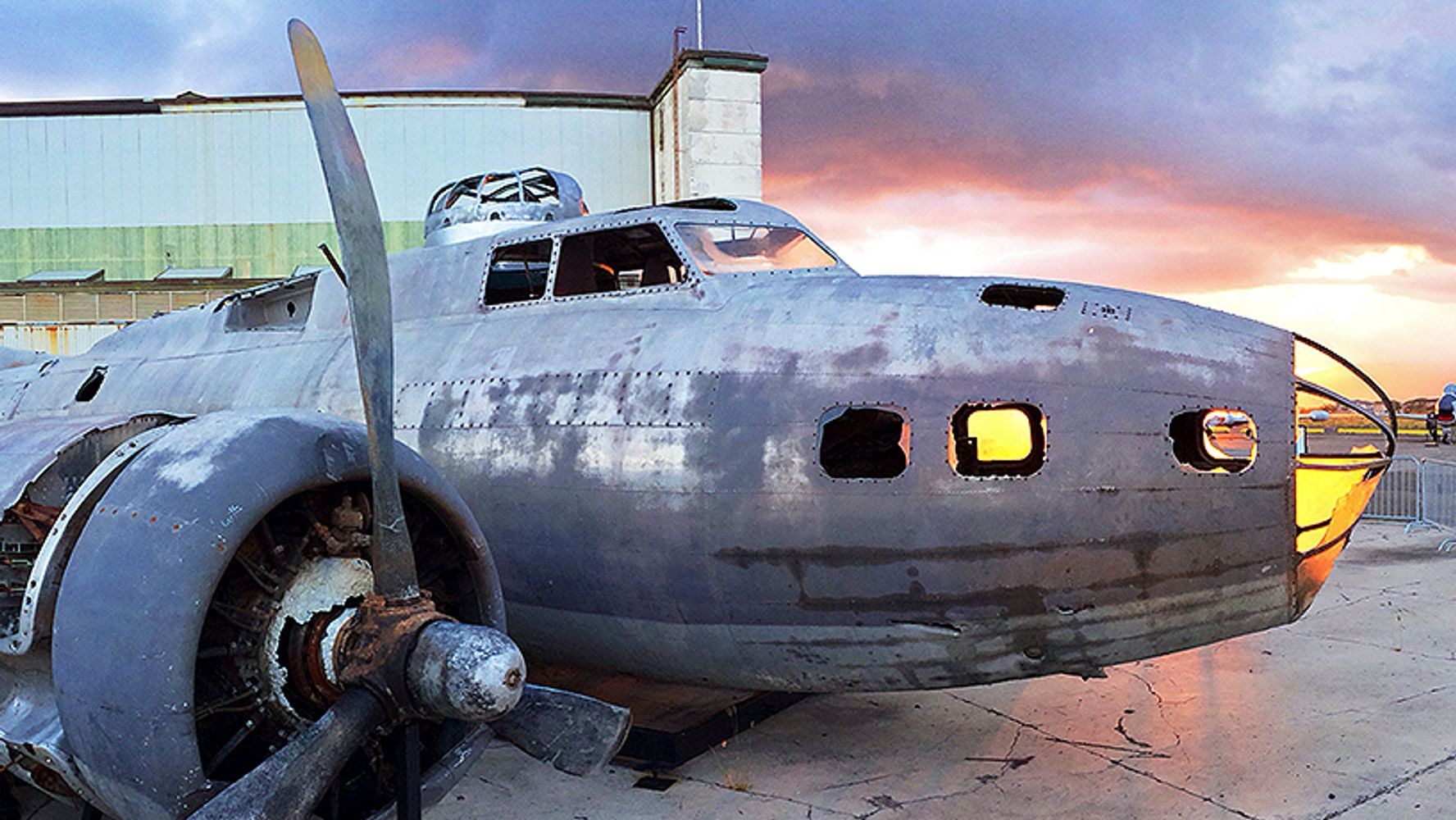
Ever since it was handed over to the Pacific Aviation Museum in Hawaii, it has remained there. The museum has been vocal about its plans to restore the bomber into its original state and have it on display in Ford Island.
Ford Island is an islet just at the centre of Pearl Harbor. The cost for restoring the Swamp Ghost is estimated to be more than $5 million, but that is an acceptable figure considering it's for the preservation of a national treasure with lots of history.

The Swamp Ghost serves as a profound testament to the sacrifices made during World War II. It embodies the valor and courage of the men who piloted these aircraft into the heart of battle, facing extraordinary challenges and demonstrating unwavering dedication to their mission.
The Swamp Ghost's survival and preservation are not just a historical footnote; they are a living tribute to the countless men and women who dedicated themselves to the cause of freedom during one of the most significant conflicts in human history.

The presence of the Swamp Ghost in museums like the Pacific Aviation Museum serves an invaluable educational purpose. Beyond its striking visual appeal, the aircraft offers a rich tapestry of lessons about the history of aviation, the evolution of technology, and the global impact of World War II.
Moreover, the Swamp Ghost's educational value extends beyond the technical aspects of aviation. It serves as a window into the broader historical, social, and cultural context of its time.
 The Swamp Ghost's remarkable story serves as a wellspring of inspiration for aspiring aviators and aviation enthusiasts. Its journey, from being lost in the jungles of Papua New Guinea to its meticulous restoration and display, showcases the heights of human achievement and the possibilities within the world of aviation. Young individuals who dream of taking to the skies can look to the Swamp Ghost as a symbol of what can be accomplished with dedication, expertise, and a profound passion for flight.
The Swamp Ghost's remarkable story serves as a wellspring of inspiration for aspiring aviators and aviation enthusiasts. Its journey, from being lost in the jungles of Papua New Guinea to its meticulous restoration and display, showcases the heights of human achievement and the possibilities within the world of aviation. Young individuals who dream of taking to the skies can look to the Swamp Ghost as a symbol of what can be accomplished with dedication, expertise, and a profound passion for flight.

The recovery and preservation of the Swamp Ghost have involved meticulous historical documentation. This documentation extends far beyond the mere recording of facts and figures; it encapsulates the essence of the aircraft's existence, its wartime missions, and the human experiences associated with it.
Researchers, historians, and aviation enthusiasts have delved deep into the archives to uncover the aircraft's history and piece together the puzzle of its past.

The Swamp Ghost's recovery and restoration efforts have received tremendous support from aviation enthusiasts worldwide. These dedicated individuals are driven by their deep passion for aviation history and a commitment to preserving the legacy of iconic aircraft like the Swamp Ghost. Their contributions go beyond financial support, often involving hands-on involvement in restoration projects, research initiatives, and the sharing of their expertise.

The Swamp Ghost has earned its reputation as a truly unique attraction in the world of aviation history. Its extraordinary journey, from being lost in the jungle to its meticulous recovery and eventual display, makes it a standout piece in museum collections.
The aircraft's uniqueness extends beyond its historical significance; it captivates the imagination with its extraordinary survival against the odds. Its unconventional location in the Agaiambo swamp, coupled with its remarkably preserved state, adds an element of intrigue and mystique.
 The Swamp Ghost, with its enduring presence and survival, stands as a powerful symbol of American resolve. It represents the commitment to honoring its history and the sacrifices of those who served during World War II. The aircraft's journey from obscurity to recognition mirrors the broader American endeavor to ensure that the stories of its veterans and their contributions are never forgotten.
The Swamp Ghost, with its enduring presence and survival, stands as a powerful symbol of American resolve. It represents the commitment to honoring its history and the sacrifices of those who served during World War II. The aircraft's journey from obscurity to recognition mirrors the broader American endeavor to ensure that the stories of its veterans and their contributions are never forgotten.

The recovery and restoration of the Swamp Ghost have been marked by international collaboration. Experts, enthusiasts, and organizations from different countries have come together with a shared goal—to ensure the aircraft's preservation and to honor its historical significance.
The Swamp Ghost's journey from its remote jungle resting place to museum displays worldwide underscores the collective effort of individuals and institutions from various corners of the globe. It serves as a poignant example of how shared passion and a common cause can unite people across borders and generations.

The Swamp Ghost serves as a living memorial to all those who served in World War II. It stands as a testament to the dedication and sacrifices of countless individuals, both military personnel and civilians, who played a role in the war effort. The aircraft's presence in museums and its continued display ensure that their memory is honored and that their contributions are acknowledged.
This living memorial aspect goes beyond the mere preservation of an artifact. It invites visitors to connect with the past on a personal and emotional level.

For veterans of World War II and their families, the Swamp Ghost holds a special significance. It offers a tangible connection to their own experiences and the broader history of the war. Visiting the aircraft can evoke a flood of memories and emotions, allowing veterans to revisit their wartime service and pay tribute to their comrades.

The recovery of the Swamp Ghost has uncovered untold stories of heroism and resilience. These narratives shed light on the experiences of those who served in remote and challenging theaters of war. Many of these stories had been lost to history, but the aircraft's discovery has brought them back into the spotlight.
These untold stories serve as a testament to the human spirit's ability to overcome adversity. They highlight the resourcefulness, courage, and camaraderie that defined the wartime experiences of those who served.

The restoration of the Swamp Ghost is a complex and multifaceted endeavor. It encompasses a range of challenges, from sourcing authentic parts and materials to recreating the aircraft's original appearance with precision. Each stage of the restoration process requires meticulous planning and execution, involving a team of skilled artisans and experts.
One of the primary challenges lies in preserving the aircraft's historical integrity while ensuring its safe display and operation. The restoration team must also address issues related to corrosion, structural integrity, and the aging of materials, all while adhering to stringent conservation standards.

Preserving the patina of the Swamp Ghost is a delicate task that requires a deep understanding of conservation principles. Patina refers to the natural wear, aging, and weathering that occurs over time on an object's surface. In the context of historical artifacts like the Swamp Ghost, patina is a valuable and irreplaceable layer of history that can provide insights into the aircraft's past.

Museums often include interactive exhibits related to the Swamp Ghost, providing visitors with engaging and immersive experiences. These exhibits may include simulations, hands-on activities, and multimedia presentations that allow visitors to delve deeper into the history, technology, and human stories associated with the aircraft.
Interactive exhibits serve to make history come alive for visitors of all ages. They provide an opportunity for a more dynamic and participatory engagement with the Swamp Ghost's story, encouraging deeper learning and a greater appreciation for aviation history.
The Swamp Ghost's presence in museums is often complemented by a range of educational programs and events. These programs aim to share the aircraft's history with a wider audience, including students, families, and enthusiasts. Educational initiatives may include guided tours, lectures, workshops, and outreach to local schools.
These programs go beyond the museum's physical walls, reaching out to communities and schools to promote a deeper understanding of history and aviation. They provide opportunities for individuals of all backgrounds to engage with the Swamp Ghost's story and its broader historical context.
The preservation of the Swamp Ghost ensures that its legacy will endure for generations to come. It serves as an enduring source of inspiration, not just for aviation enthusiasts but for anyone interested in history, resilience, and the human spirit.
This legacy is not confined to the aircraft itself but extends to the stories of those who served in World War II and the broader historical narrative of the era. It encourages ongoing research, scholarship, and dialogue about the significance of aviation in shaping the world.